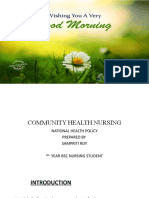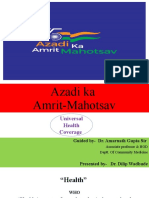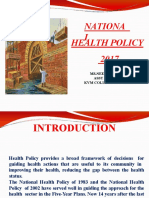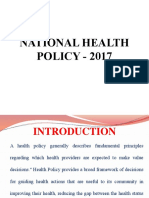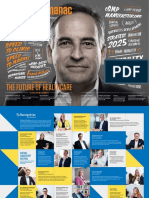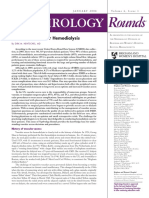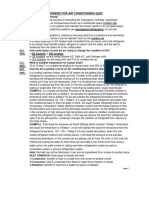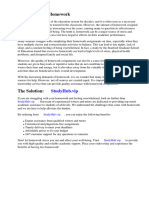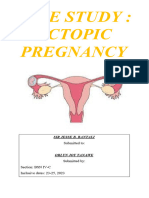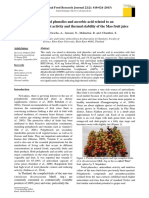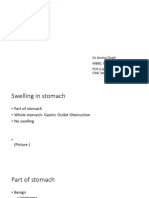0% found this document useful (0 votes)
22 views5 pagesUnit-3 Epidom
The document outlines key public health topics including occupational hazards, health education, health planning in India, methods of planning, health systems, healthcare delivery, and international health. Each section details definitions, objectives, challenges, and future strategies related to these topics. It emphasizes the importance of safety, education, and organized healthcare for improving public health outcomes.
Uploaded by
saitejapasupulati99Copyright
© © All Rights Reserved
We take content rights seriously. If you suspect this is your content, claim it here.
Available Formats
Download as DOCX, PDF, TXT or read online on Scribd
0% found this document useful (0 votes)
22 views5 pagesUnit-3 Epidom
The document outlines key public health topics including occupational hazards, health education, health planning in India, methods of planning, health systems, healthcare delivery, and international health. Each section details definitions, objectives, challenges, and future strategies related to these topics. It emphasizes the importance of safety, education, and organized healthcare for improving public health outcomes.
Uploaded by
saitejapasupulati99Copyright
© © All Rights Reserved
We take content rights seriously. If you suspect this is your content, claim it here.
Available Formats
Download as DOCX, PDF, TXT or read online on Scribd
/ 5


